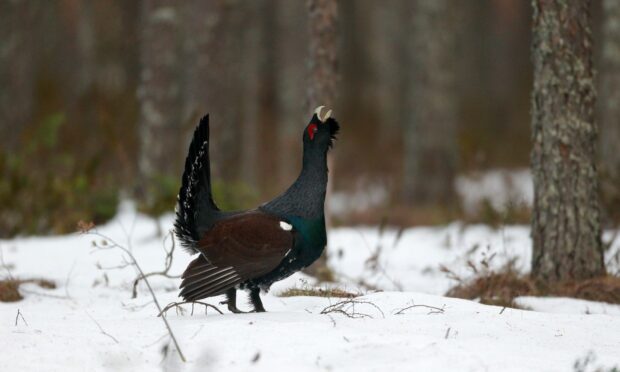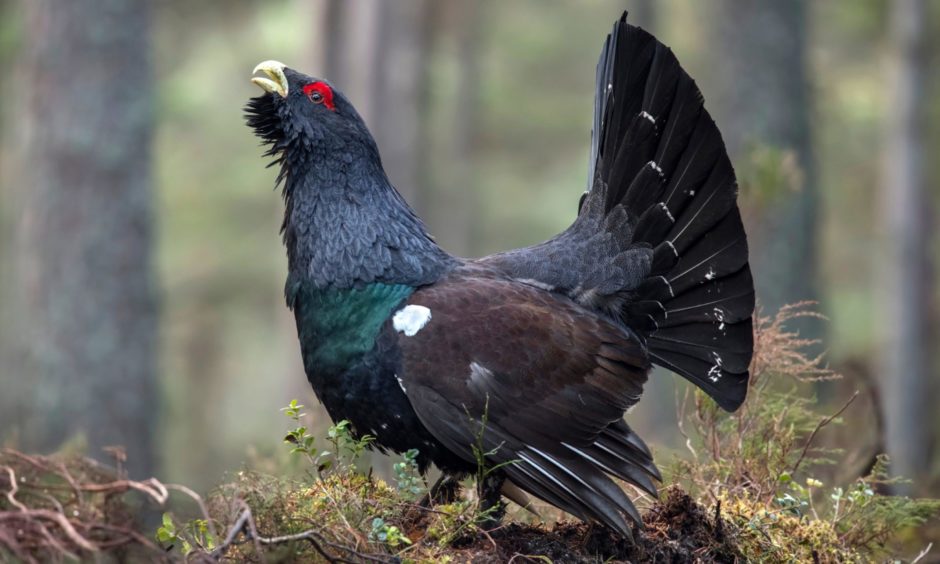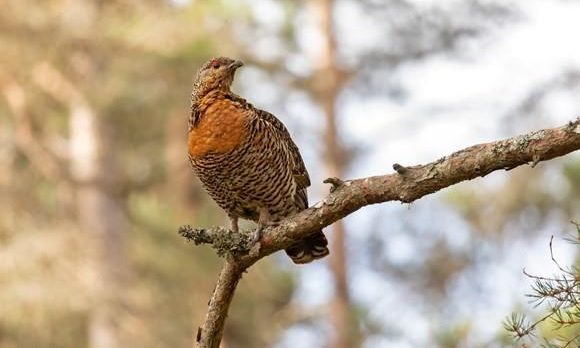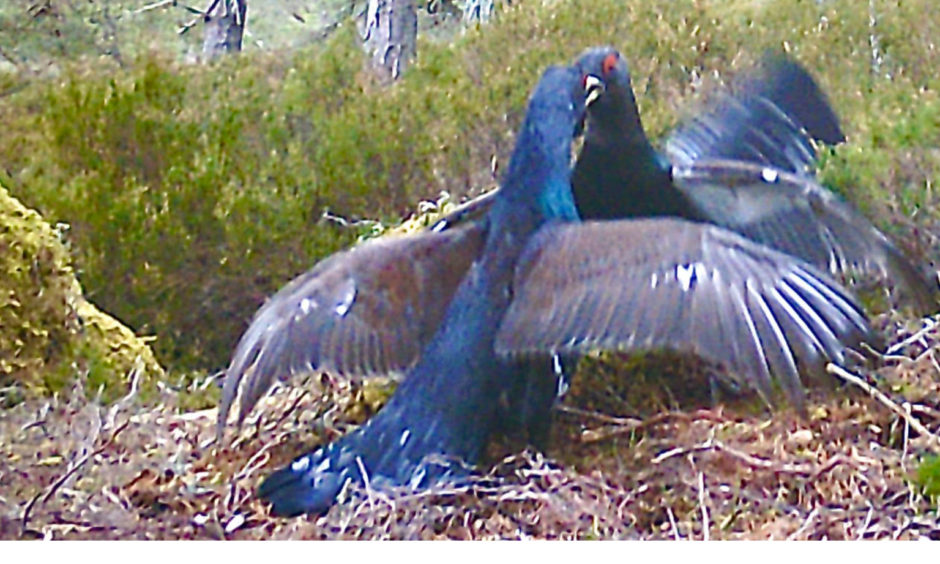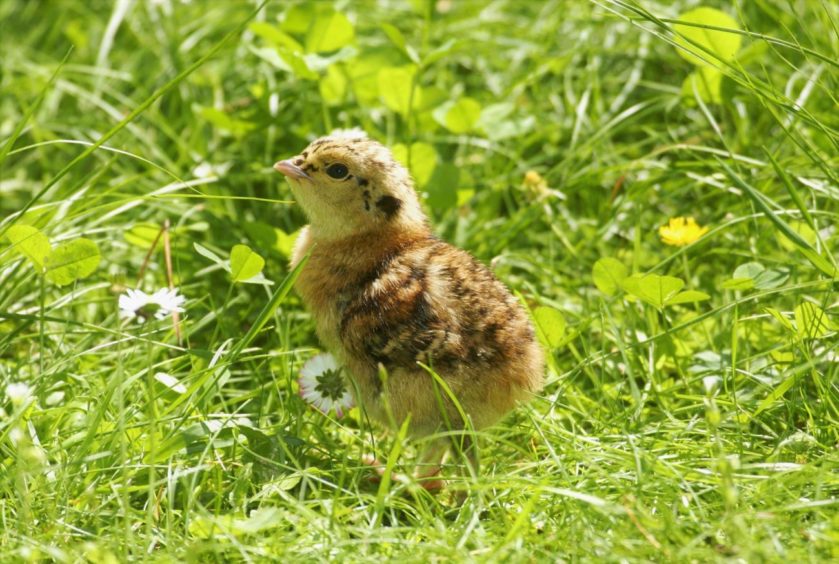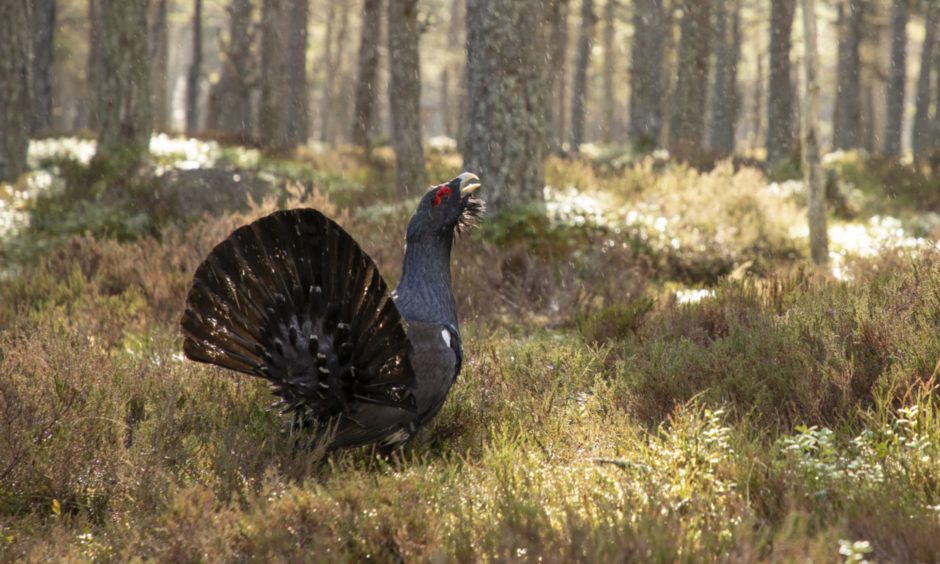Deeside’s small and vulnerable capercaillie population could provide a “genetic lifeline” for the red-listed species across Scotland and must be protected, conservationists have said.
Across the nation, capercaillie numbers have plummeted as a result of all manner of factors.
In the 1960s, the number of breeding pairs in Scotland was around 10,000.
But estimates made last year put the number of birds in the entire country at as low as 700.
A national survey is currently being carried out by the RSPB in partnership with other groups to determine an accurate as possible estimation of population numbers.
It will run until March this year, and covers Strathspey, Moray, Nairnshire, Easter Ross, Perthshire and Deeside.
How you can help
Although Deeside’s capercaillie population is a lot smaller than other regions, the Cairngorms Capercaillie Project say it could prove crucial for the genetic future of the species in Scotland by helping to prevent inbreeding.
The Cairngorms project has now launched a local survey, separate from the national one, focusing on Deeside to help determine the best way forward to protect the birds in the region.
It asks the public about their awareness of the species in the area, what they think the capercaillie’s greatest threats are, and what they believe should be done to conserve them.
How Deeside’s birds could prevent a ‘genetic bottleneck’
Jacosta Mann, communications officer for the Cairngorms project, said: “Most of Scotland’s capercaillie are in Speyside, in the upper Cairngorms, but we do have a small and quite vulnerable population in the Deeside area of the Cairngorms.
“It could be that if there is a genetic bottleneck in the population, the Deeside population, being separate from Speyside, could be a genetic lifeline should that need arise in the future.
“So we need to figure out how people in Deeside feel about the current capercaillie population in the region.
“We want to know what they think could be done to help facilitate action in that area, and the results from this survey we will look through, gather everyone’s thoughts, and see if there’s any common ground we can identify.
“We can then use that to inform future action in Deeside.”
A history of Scottish capercaillie conservation
Although they are common throughout Scandanavia and other parts of Europe, Scotland’s original capercaillie population went extinct in 1758.
The modern population is descended from Swedish stock after it was reintroduced.
However, Scotland’s capercaillies have continued to struggle since they returned to our woodlands.
The decline has been caused by all manner of problems, including loss of habitat, collisions with fences, predation, disturbances by humans, and potentially genetics.
The problems became so severe in the 90s that experts at the time thought Scottish capercaillies would become extinct by 2010.
But a number of conservation projects have helped the giant grouse continue to cling on to survival in Scotland.
‘It’s important we get people on board’
“Capercaillie are very sensitive to disturbance all year round, so it’s important we get people on board,” Jacosta continued.
“If they’re disturbed, they may not return to an area, which is especially important in breeding seasons because hens and chicks may become separated and could perhaps never find each other again.
“There will be dog walkers and hikers in capercaillie forests in Deeside who are perhaps not aware they’re there, and if they knew, it might prompt them to think of different routes.
You can take part in the survey here.
Although it was originally due to finish in December, it has been extended until the end of January, and is open to residents of Deeside as well as visitors.
